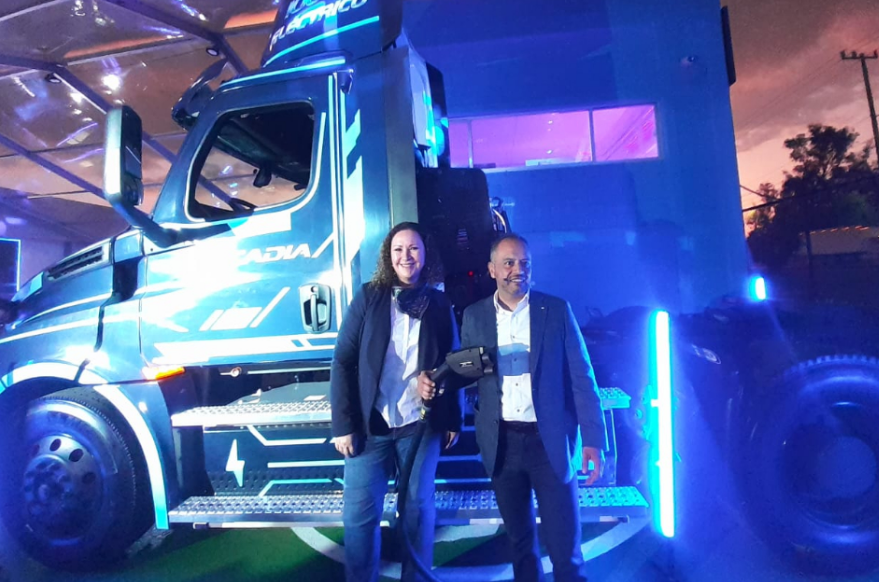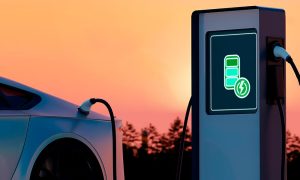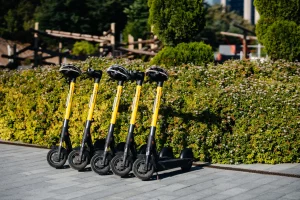As part of its goal to achieve zero emissions, regardless of whether the technology has to be electric or hydrogen cells, Daimler Truck Mexico will set the tone at the beginning of the second half of 2023.
The manufacturer will launch the first eCascadia electric tractor-trailers to fulfill part of the ecosystem that has been defined to promote electromobility in the heavy-duty service, but with a long-term and comprehensive approach.
The strategy called “Electric Island” is the spearhead for the brand, which will seek to provide solutions in different areas such as consulting, charging infrastructure, electric trucks and service. The first facility of this type is in Tlalnepantla, State of Mexico, where distributors and customers attended the inauguration.
Read also: BorgWarner Expands Investments in Mexico to Promote Electric Mobility
Proposal Details
This ecosystem will begin with a consulting stage with customers, called e-Consulting, where the operating conditions will be evaluated and the infrastructure for energy recharging will be assessed, with the aim of optimizing the total cost of operation.
Daimler Truck emphasizes that Electric Island is a project that allows to know the function of the fleets and to work oriented to achieve the success of the projects, through integral solutions.
In the United States, Daimler’s electric trucks have reached 2.6 million kilometers in real operations; however, Mexico represents a market with totally different challenges.
The company expects to receive the first two units in August for testing with customers, while in December two vehicles will be added for another two customers.
In this process, knowledge of electromobility and other issues such as connectivity, load management, driving habits, recharging times, among other factors that will be professionalized, will have to be expanded.

Technology
Daimler’s innovations will have a heat map to identify the areas where electric vehicle technology could be implemented, considering the areas of energy accessibility, but also those where an efficient and profitable operation can be achieved.
The eCascadia has a theoretical range of 370 km, while the eM2 can develop 250 km, which depends on several variables, such as infrastructure, charging process and operating conditions.
The units that will be incorporated into this ecosystem will be powered by a Detroit eFill charger, with a capacity of 60 kW/h and scalable up to 80 kW/h.







